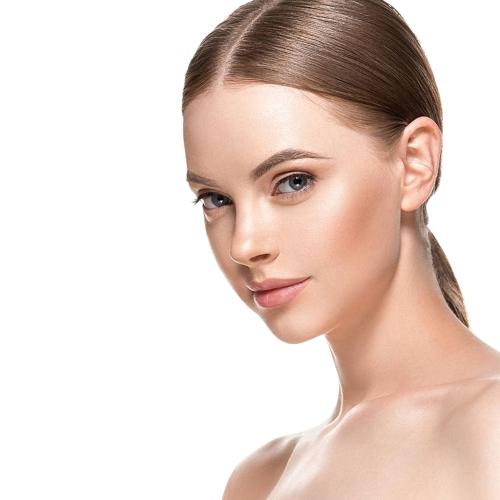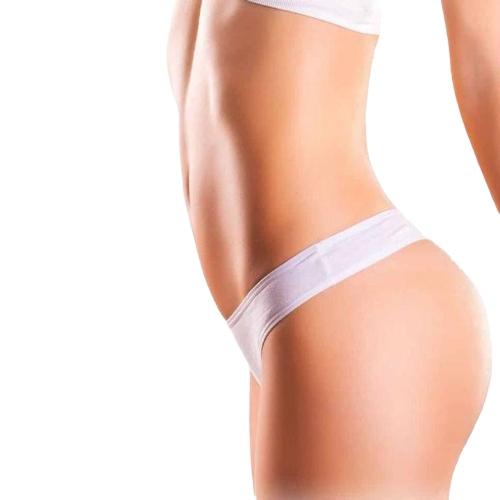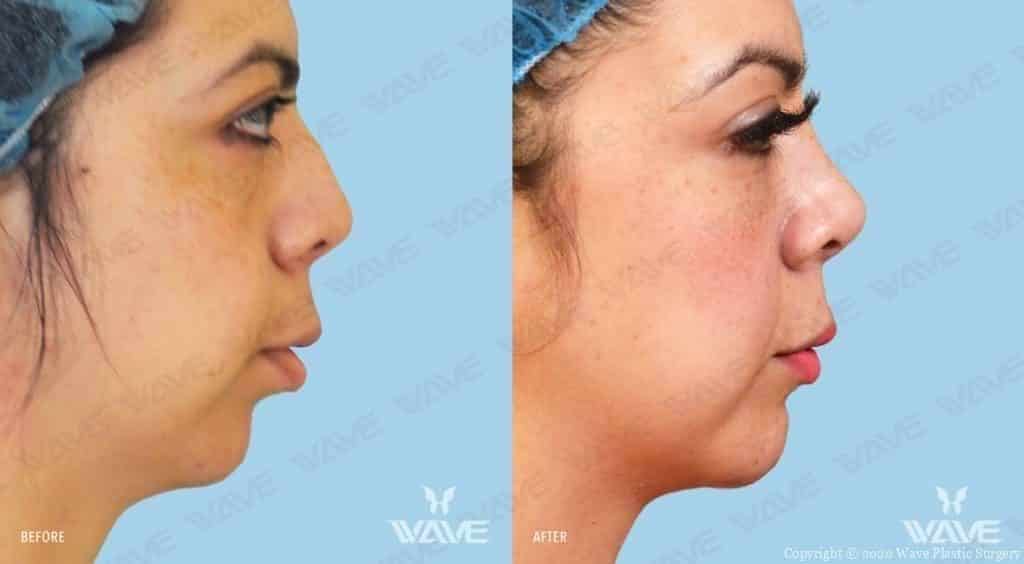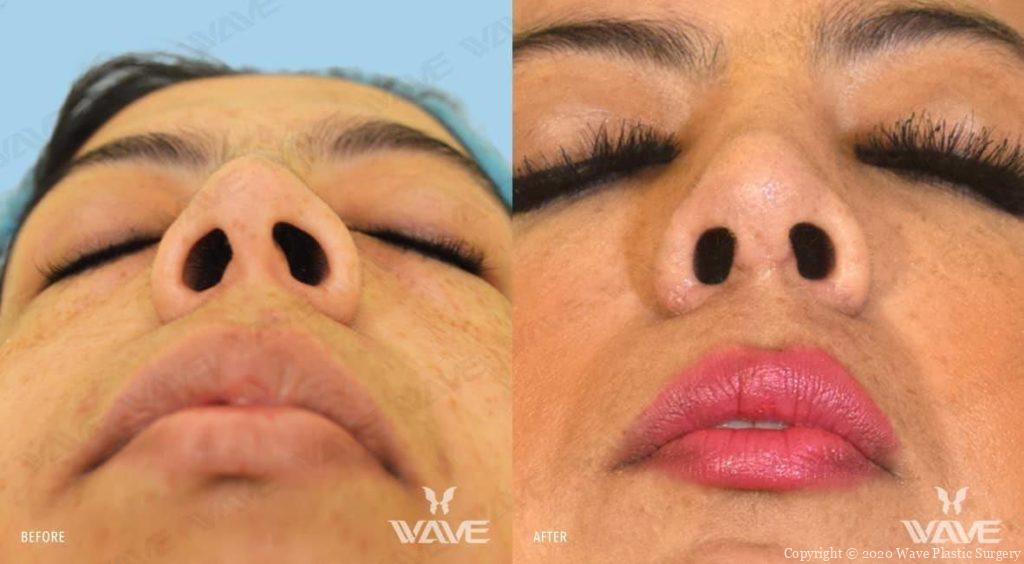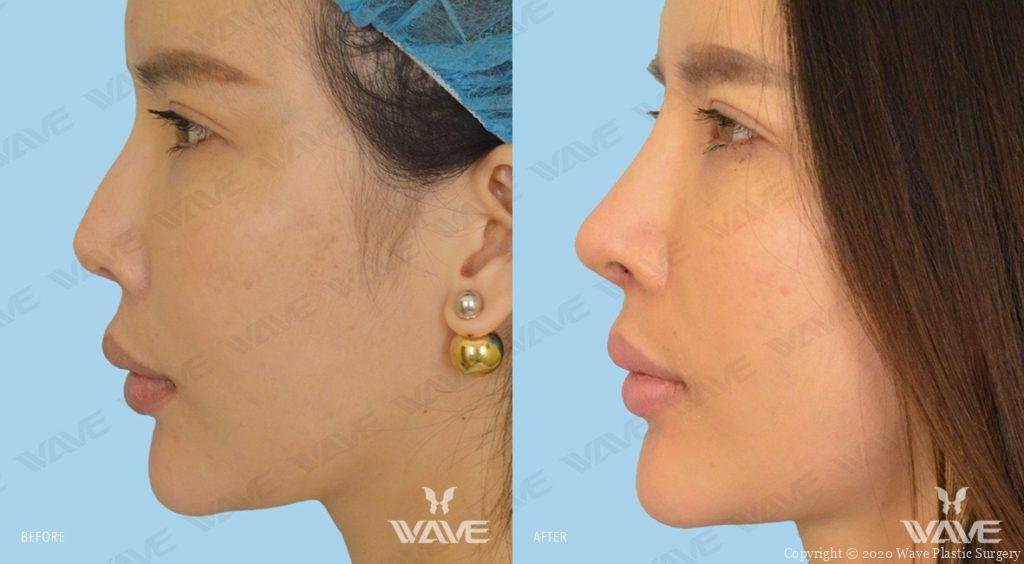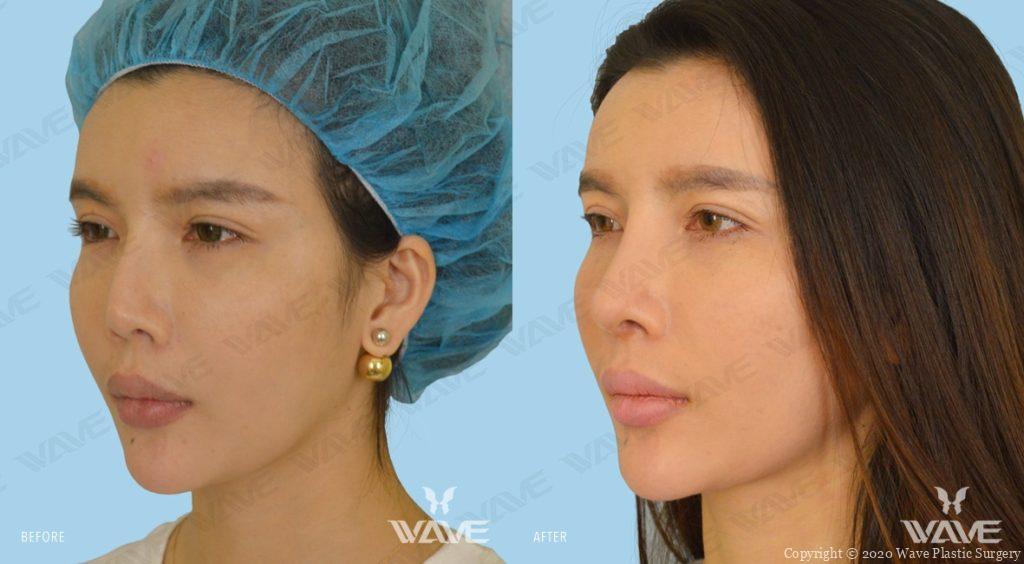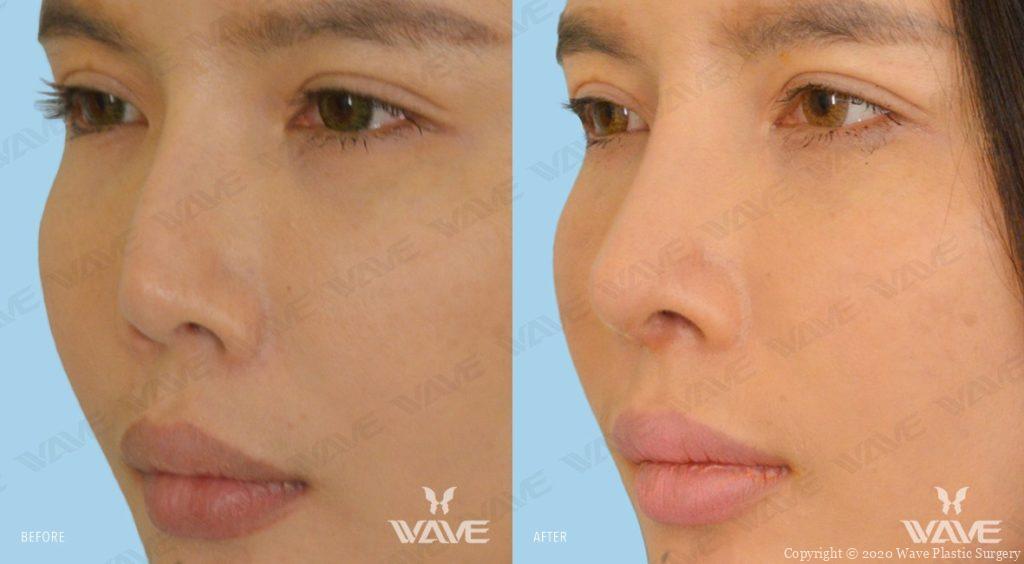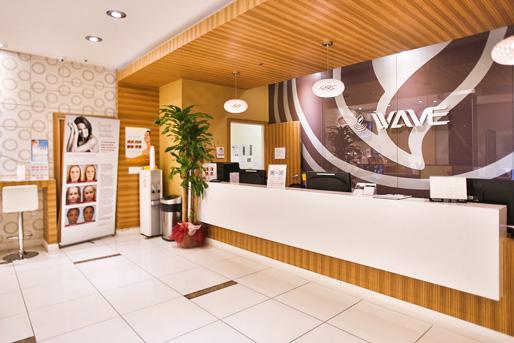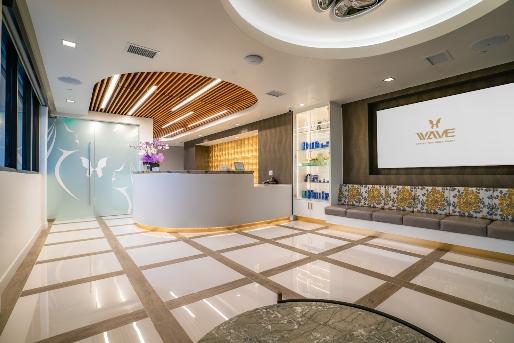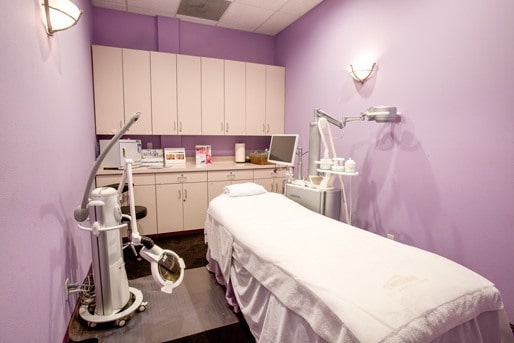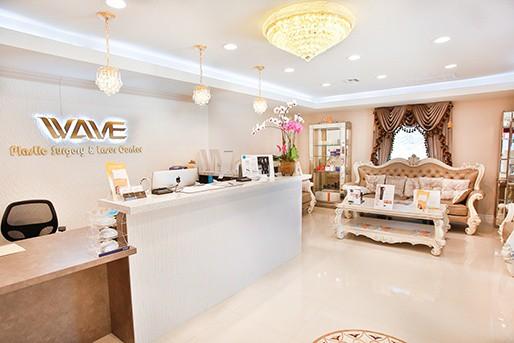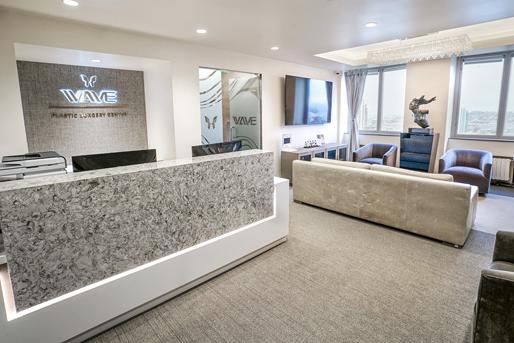Rhinoplasty
Globally Renowned Anti-Aging Experts
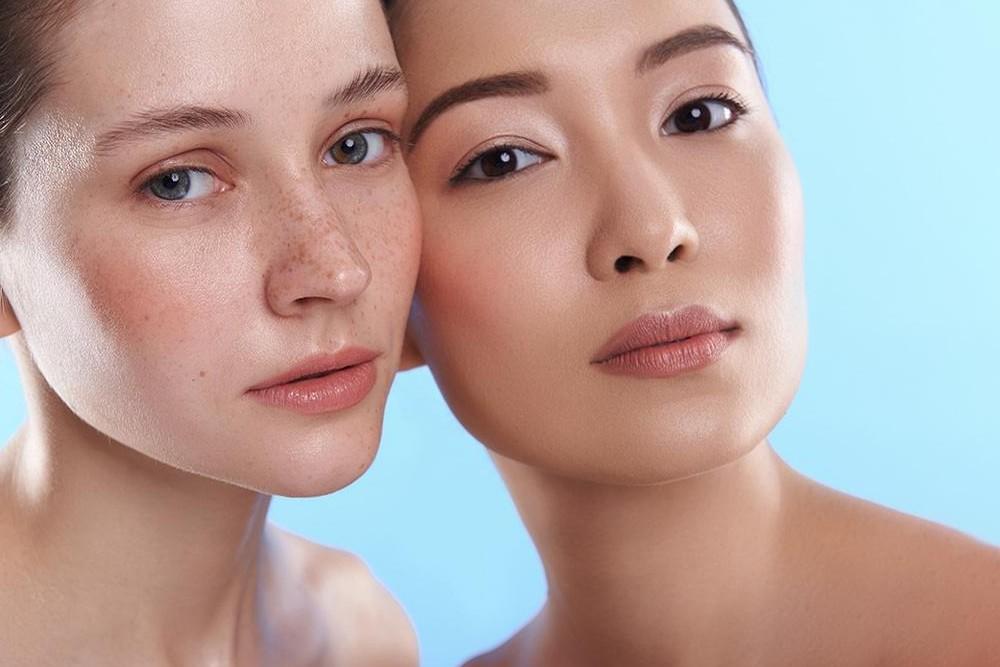
Rhinoplasty in Los Angeles, Orange County and San Francisco
Rhinoplasty is surgery that changes the shape, size and proportions of the nose. What is considered ideal is very subjective and varies across various ethnicities and subcultures. Nevertheless, most patients strive to achieve an appearance that is harmonious and in proportion with other facial features. This commonly includes a nasal dorsum of appropriate height, and a tip that is balanced and more refined. In addition to a desire to change the appearance of the nose, some patients may seek to also improve breathing.
When you consult with a surgeon, other facial features will be considered. The proportions of your forehead, midface, and lower face will be examined, and should roughly be equivalent (the rule of thirds). The width of your nose should also be roughly the same as the distance between your eyes. If the nose is too wide, it can be reduced. The angle between the lips and the base of the nose is noted. The relation between your nose and chin is also considered, as many patients who seek rhinoplasty my require chin augmentation to achieve proper facial balance. Taking into consideration your current anatomy and facial structure, your surgeon can assist you in coming up with the desired surgical plan to achieve the result you desire.
How does Rhinoplasty work?
To understand how a rhinoplasty is performed, one must first have a basic knowledge of the nasal anatomy.
The nasal dorsum is composed of three zones. The upper portion of the structure of the nose is composed of the two nasal bones. The midportion is comprised of the paired upper lateral cartilages. These structures make up the dorsum, which can vary greatly in size and shape among different individuals.
The lower third of the nose consist of the lower lateral cartilages, which define the size, shape and projection of the tip of the nose. Dividing the nostrils is the nasal septum. Together, the conformation of the lower lateral cartilages and septum can contribute greatly to a patient’s overall satisfaction with their nose. Rhinoplasty seeks to change the shape and size of the bone, cartilage, skin or all three.
The Procedure
A rhinoplasty is usually done as an outpatient procedure, meaning there is no overnight stay. The procedure is usually done under general anesthesia for airway protection, though local anesthesia with sedation can be considered for minor tip alterations. In either case, a patient should have very little awareness during the procedure.
The Recovery
After a rhinoplasty, patients usually wear a nasal splint for the first week. Swelling and some bruising around the eyes can be expected. This will begin to improve after the third day and last up to two weeks or more. You will be significantly recovered by 4-6 weeks. The final shape of your nose will be apparent will be apparent at 6 months.
Strenuous activity should be avoided for three to six weeks after surgery, but you may return to social activities as soon as two to three weeks.
Get Your Consultation Today
Give us a call today to schedule a consultation with one of the plastic surgery experts at Wave Plastic Surgery to learn more about the procedure and the thread face lift cost.
Wave's Rhinoplasty Techniques
Rhinoplasty techniques are divided into open and closed techniques. Closed techniques, where there are no external incisions, are more traditional and have the advantage of quicker recovery. Open techniques have become more popular over the past few decades as it is more precise and allows more drastic changes to be made to the underlying structures. In an open rhinoplasty, a hidden incision is made underneath the base of the nose, and a skin flap is carefully dissected off of the underlying structures so that they may be inspected and altered.
The Dorsum
The dorsum is addressed first. Many patients who present for rhinoplasty desire reduction in an overly prominent hump. This is accomplished with a rasp, or file, that is used to remove excess bone and upper lateral cartilage. Larger humps need to be removed with an osteotome, or chisel. The width of the dorsum can be reduced at this time by making bony cuts laterally. Once the nasal bones are freed, the dorsum can be reshaped as desired, and any deviation from the midline can be corrected. The mobilized bony fragments are then held in shape with an external splint.
Septoplasty
Although septoplasty is usually performed for functional breathing difficulties, a malformed nasal septum can result in a crooked nasal dorsum and tip deflection. It is therefore performed in many rhinoplasties to correct both functional and cosmetic abnormalities. The septum is also an excellent source of donor cartilage for improvement of the nasal tip.
After hump reduction, the lining mucosa is elevated off of the septal cartilage on both sides. This allows deviated cartilage to be removed and reshaped. Occasionally, the cartilage has been displaced off of the midline from prior trauma. This can be moved and secured into the proper midline position with sutures. The nasal mucosa flaps are then replaced, resulting in a straighter appearance. Temporary splints are usually placed to promote healing of the septum in the proper position.
The Tip
The tip of the nose is a major source of dissatisfaction for many patients who present for rhinoplasty. Common complaints include bulbousness, lack of projection or over-projection, nasal tip droop or and asymmetry. Fortunately, nearly all these issues can be addressed.
Nearly all of these techniques involve reshaping the lower lateral cartilages. In most people, these cartilages are too tall. By removing the top half of these structures, the tip becomes more refined and less bulbous. The tip cartilages can be made even less bulbous by shaping them with permanent interdomal sutures. The cephalic trim also provides a small degree of tip elevation and is one of the main maneuvers to improve a droopy nasal tip. The exact tip position can be further controlled with sutures.
Occasionally, cartilage grafts are used to provide more projection and support to the tip. Cartilage is harvested from the nasal septum and fashioned into a strut, or sewn to the inferior edge of the septum as a septal extension graft. This is sewn into place between the paired lower lateral cartilage. It can be positioned to provide more projection and/or rotated superiorly or inferiorly to control the angle of the tip. If more tip projection and refinement is needed onlay shield grafts can greatly control the tip shape.
The skin flap is then replaced and the incisions are closed. A splint is then applied both to maintain the desired shape and to control swelling.
Ala / Collumela
Generally, the width of the base of the nose should approximate the distance between the eyes. There is variation to this rule and it is often very subjective. If necessary, reduction of the alar base width can be performed by strategically excising a wedge of skin from the base of the nostrils. This maneuver can also provide subtle shaping of the nasal alar, and results in a rounder nostril. The procedure is known as Weir excision, and it can performed as a stand alone surgery under local anesthesia if desired.
Another common complaint is a low hanging collumela, the structure between the nostrils. This can give the appearance of overly prominent, snarly nostrils. This is caused by an inferiorly positoned medial portion of the lower lateral cartilages, also known as the medial crura. This can be positioned higher during rhinoplasty with sutures. Another contributing factor is excess tissue along the membranous septum, and excision of this tissue may also be necessary to achieve proper positioning.
Get Your Consultation Today
Give us a call today to schedule your consultation with one of our plastic surgeons at Wave Plastic Surgery.
Specialized Rhinoplasty Techniques
Our Wave Plastic Surgeons are experts in a number of specialized Rhinoplasty procedures. Rhinoplasty is generally considered to be one of the most technically difficult surgeries in plastic surgery. Different types of patients have different needs and concerns when adjusting their appearance.
Rhinoplasty of the Asian nose can be quite challenging to surgeons unfamiliar the difficulties in working with this population. At Wave Plastic Surgery, we are well versed in all of the latest specialized treatments necessary to perform asian rhinoplasty using Diced Cartilage Fascia (DCF), Nasal Implants, Tissue Based Cartilage, and Autogenous Cartilage.
Asian double eyelid surgery (also known as Asian Blepharoplasty) is one of the most common procedures that we perform at WAVE in our Los Angeles plastic surgery center. Patients of all ages and ethnic backgrounds may be good candidates for traditional double upper eyelid surgery, but the technique and approach will be different for each patient. It is imperative to have a plastic surgery consultation to determine the best technique for you.
Our Rhinoplasty Specialists
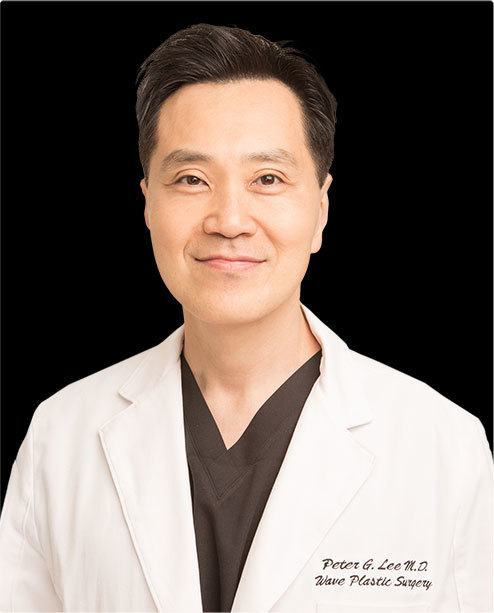
Peter Lee
M.D., F.A.C.S.
Dr. Peter is CEO and Chief Surgeon of WAVE Plastic Surgery Center with over 20 years of plastic surgery experience, overlooking 30K+ successful plastic surgery cases. He has mentored master surgeons around the world in state-of-the-art techniques, and has been inducted into the RealSelf 100 & 500 Hall of Fame.
His many accolades and shining results are evidence of Peter’s expertise.
Frequently Asked Questions About Rhinoplasty
Rhinoplasty is commonly referred to as a nose job. This type of nose surgery can be performed for cosmetic reasons to change the shape or look of a nose. Or for medical reasons to improve its function due to birth defects or trauma, like a broken nose.
1 week after the Rhinoplasty procedure, the bruising and swelling will go down. About a month after the procedure, you should be able to see the full benefits. You will continue to see improvements for the next six months.
During Open Rhinoplasty procedures, incisions are made inside of the nose as well as under the nose, between the nostrils. Open Rhinoplasty provides better access and visibility for plastic surgeons and is used for more extensive procedures. Open Rhinoplasty is typically performed when a nose has been damaged by trauma or when a patient has more complicated aesthetic desires.
Usually, a Rhinoplasty procedure takes about 2 to 4 hours, depending on how much work needs to be done.
Give us a call today to schedule your Rhinoplasty consultation with one of our plastic surgeons at Wave Plastic Surgery.
Subscribe to Receive Exclusive Email Specials
Related Services You May Be Interested In
Chin Augmentation
Resize or reshape the chin to obtain a more balanced facial appearance, addressing issues such as a recessed or sagging chin. Achieve symmetry and harmony of the entire facial profile through a defined chin.
Double Eyelid Surgery
Accentuate the eyes by giving them a wider and more open appearance. Create that double fold in the upper eyelid using ultra-thin sutures and/or discreet incisions that leave virtually no scars behind.
Fat Transfer
Restore youthful volume and shape, smoothing away facial lines and wrinkles in a minimally invasive procedure. By taking your own natural fat from places of excess, you can renew youth to the eyes, cheeks, and forehead.
Filler
Volume refreshing dermal fillers like Juvéderm allow you to shed years from your appearance, sculpting defined facial structures and bringing in youthful volume without the need for invasive surgery.

